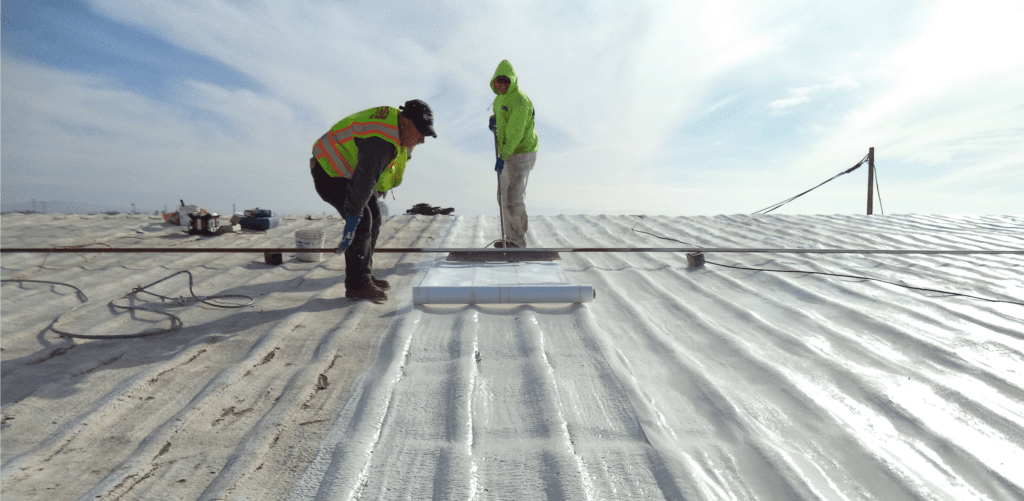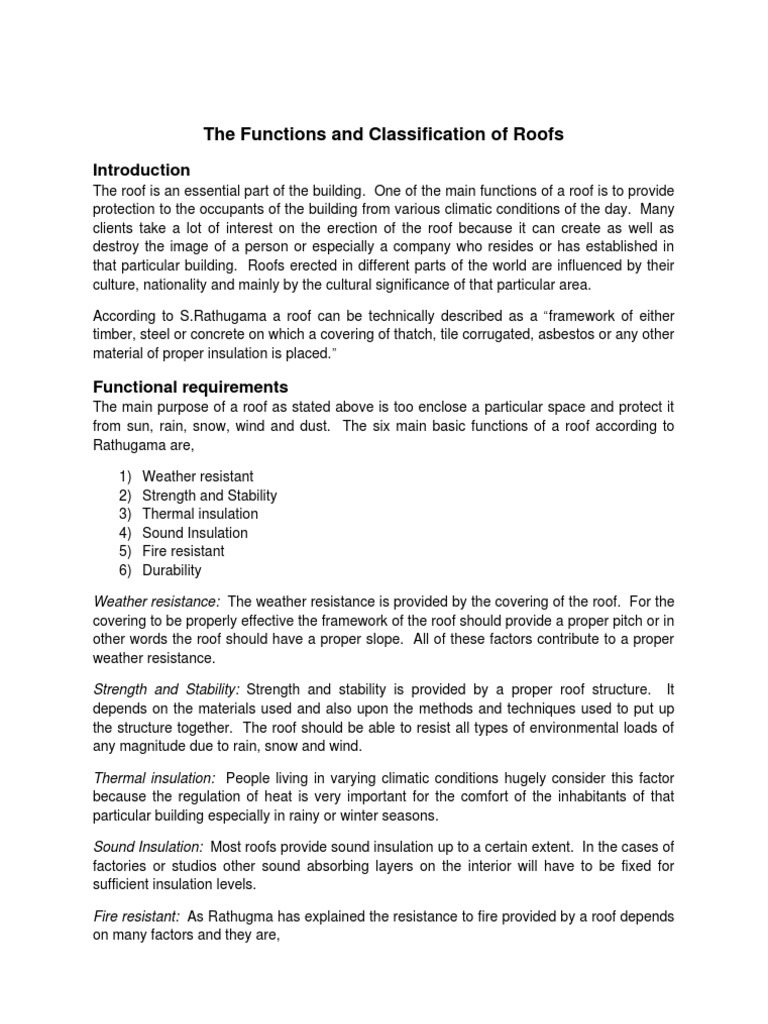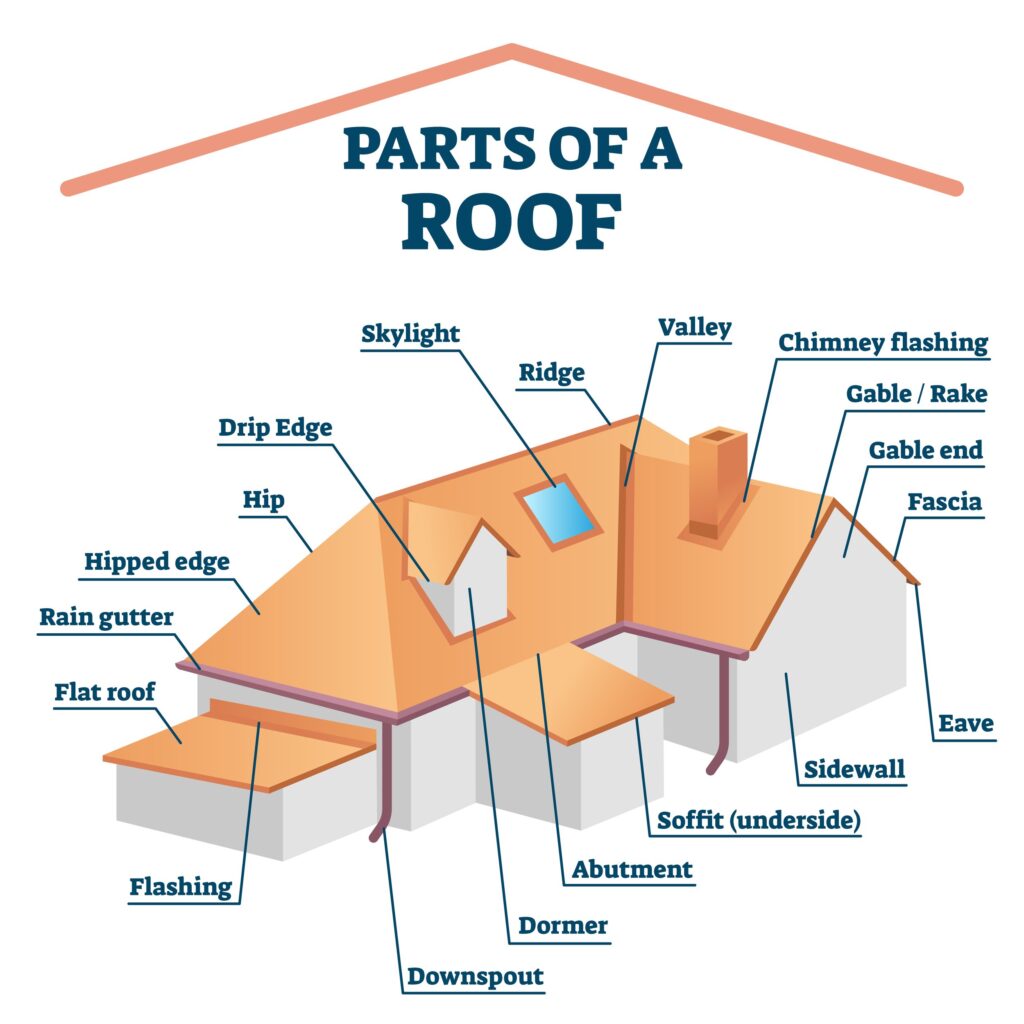Imagine your house without a roof. It’s difficult to picture, right? That’s because a roof is an essential part of any home, serving three main functions. First, it provides protection from the elements, shielding you and your belongings from rain, snow, and harsh sunlight. Secondly, a roof contributes to energy efficiency by insulating your home, keeping it cool in the summer and warm in the winter. Lastly, a roof adds aesthetic appeal, enhancing the overall look and value of your property. In this article, we will explore each of these functions in detail, giving you a deeper understanding of the importance of a well-maintained roof.
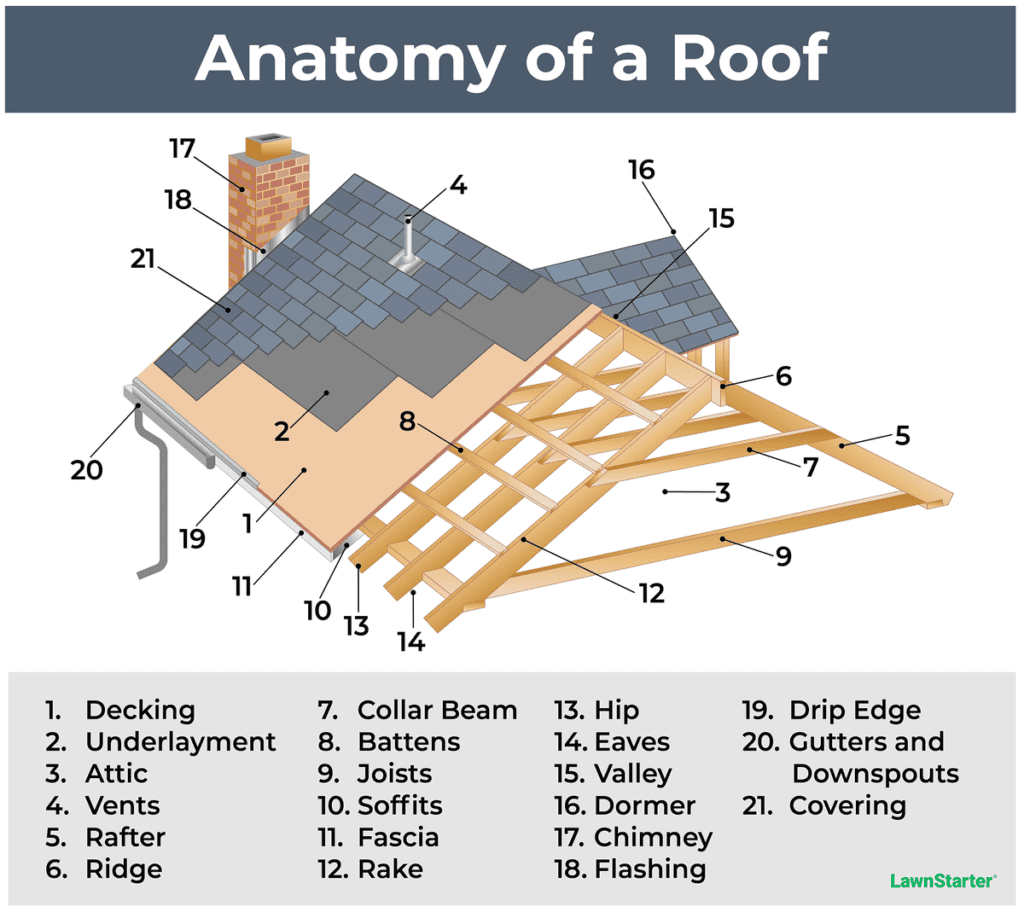

1. Protection from the Elements
When it comes to the main functions of a roof, one of the primary purposes is to provide protection from the elements. A well-designed and properly installed roof can shield you from various weather conditions, ensuring that you and your home remain safe and secure. Let’s take a closer look at how a roof protects you from rain, snow, sunlight, wind, and hail.
1.1 Rain
Rainwater can cause significant damage to your home if it finds its way inside. A reliable roof acts as a barrier, preventing rain from seeping into your home and causing structural issues such as rot, mold, and water damage. Additionally, a properly functioning rain gutter system, coupled with a well-designed roof, helps direct rainwater away from the foundation of your home, preventing potential flooding and basement leaks.
1.2 Snow
For those living in colder climates, snow can pose a unique challenge. The weight of accumulated snow on a roof can put immense pressure on the structure, leading to potential collapses or other costly damages. A sturdy roof with proper load distribution mechanisms helps to minimize the risk of snow buildup and ensures that your home remains safe and sound amidst heavy snowfall.
1.3 Sunlight
While sunlight is essential for natural lighting and warmth, excessive exposure can harm both your health and your home. Over time, the sun’s powerful UV rays can cause materials on your roof to deteriorate, fade, and become brittle. A roof with high solar reflectivity, which reflects a significant amount of sunlight back into the atmosphere, can help reduce heat absorption and minimize the damage caused by sun exposure.
1.4 Wind
Strong winds are a common occurrence in many regions, and a well-built roof must be able to withstand their force. A secure roofing system, including properly fastened shingles or other roofing materials, can prevent wind uplift and minimize the risk of your roof being damaged or torn off during severe storms. By providing a strong barrier against wind, your roof helps safeguard your home and its inhabitants.
1.5 Hail
Hail is a type of precipitation that can cause significant damage to roofs, especially if the hailstones are large and accompanied by strong winds. A durable and impact-resistant roof can protect your home from hail damage by absorbing the impact and distributing the force across the structure. Quality roofing materials can help minimize the formation of cracks, dents, and leaks, ultimately saving you from expensive repairs or replacements.
2. Structural Support
Beyond providing protection from the elements, another vital function of a roof is to offer structural support. A properly designed and well-maintained roof helps distribute the load evenly, ensuring the stability and integrity of your home.
2.1 Load Distribution
By distributing the weight of the roof and any additional loads, such as snow or HVAC systems, evenly across the supporting walls and beams, the roof prevents concentrated stress points that could weaken the overall structure. This load distribution mechanism helps maintain the stability of your home and ensures that it can withstand the additional weight without compromising its structural integrity.
2.2 Stability
A roof plays a crucial role in maintaining the stability of your entire home. It acts as a structural component, tying together the various walls and supporting elements, providing stability and coherence. Additionally, a well-designed roof is engineered to withstand various environmental forces, such as wind and seismic activity, ensuring that your home remains secure during unpredictable events and adverse conditions.
2.3 Prevention of Structural Damage
A sound roofing system not only supports the structural integrity of your home but also helps prevent potential damage to other parts of the structure. By keeping out moisture and preventing leaks, a roof helps protect your walls, ceilings, and insulation from water damage, mold growth, and rot. This proactive approach to structural preservation saves you from costly repairs and ensures the longevity of your home.
3. Energy Efficiency
In an era of increasing environmental awareness and rising energy costs, the energy efficiency of a roof has become a critical consideration for homeowners. A roof that is designed to maximize energy efficiency offers several benefits, including insulation, ventilation, and solar reflectivity.
3.1 Insulation
Proper insulation is essential for maintaining a comfortable indoor environment and reducing energy consumption. An energy-efficient roof helps to regulate the temperature inside your home by minimizing heat transfer between the interior and exterior. Insulation materials installed under the roof create a thermal barrier, reducing heat gain in the summer and heat loss in the winter, resulting in lower energy bills and improved overall comfort.
3.2 Ventilation
Effective roof ventilation is crucial for promoting airflow and preventing the buildup of excessive heat and moisture in your attic. By allowing hot air to escape during warmer months and reducing condensation in colder months, proper ventilation helps regulate temperature and moisture levels, preventing issues such as mold growth and wood rot. A well-ventilated roof not only enhances energy efficiency but also extends the lifespan of your roof and other structural components.
3.3 Solar Reflectivity
A roof with high solar reflectivity can reduce heat absorption and keep your home cooler during hot summer months. By reflecting a significant portion of the sun’s rays, rather than absorbing them, a reflective roof can help lower cooling costs and reduce the strain on your air conditioning system. Choosing roofing materials with high solar reflectivity can contribute to an energy-efficient home and make a positive impact on the environment by reducing the overall carbon footprint.
4. Aesthetics
Aesthetic appeal is an important consideration for homeowners, and the roof plays a significant role in enhancing the overall look of a house. A well-designed and visually appealing roof can improve curb appeal, complement the architectural style of the home, and even add value to the property.
4.1 Enhancing Curb Appeal
The roof is one of the most visible elements of a house’s exterior and can greatly impact its overall curb appeal. Whether you’re planning to sell your home or simply want to take pride in its appearance, choosing a roof that enhances the overall aesthetic appeal can make a significant difference. Opting for materials, colors, and styles that complement the architectural design and surrounding environment can instantly elevate the visual appeal of your home.
4.2 Complementing Architectural Style
Different architectural styles call for different roof designs and materials to create a cohesive look. Whether you have a traditional, contemporary, or modern-style home, selecting a roof that aligns with the architectural style is essential. A well-chosen roof can harmonize with other design elements, such as windows, doors, and siding, creating an aesthetically pleasing and visually consistent presentation.
4.3 Adding Value to the Home
An attractive and well-maintained roof can significantly increase the value of your home. When potential buyers or appraisers assess a property, they consider the condition and visual appeal of the roof. A quality roof that complements the style of the home and provides durability and longevity can be a key selling point and contribute to a higher appraised value. Investing in a top-quality roof not only enhances your enjoyment of the home but also offers a positive return on investment should you decide to sell.
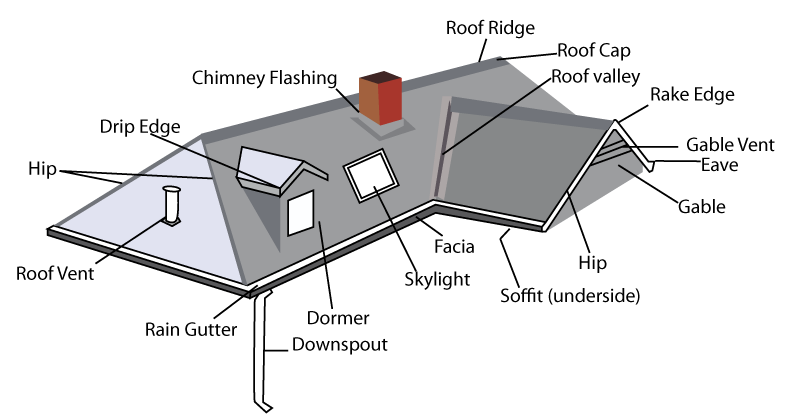

5. Noise Reduction
While we often focus on the physical protection and energy efficiency aspects of a roof, the role it plays in noise reduction should not be overlooked. A well-insulated and properly constructed roof can minimize external noise and dampen sounds created by rainfall.
5.1 Minimizing External Noise
Living in a busy neighborhood or near a bustling city can expose your home to various external noises, such as traffic, construction, or neighborhood activities. A well-insulated roof, along with other soundproofing measures, can significantly reduce the amount of noise that penetrates into your living space, providing a quieter and more peaceful environment.
5.2 Dampening Rainfall Sound
The soothing sound of rainfall is often appreciated, but if it becomes too loud and disruptive, it can disturb your sleep or daily activities. A properly constructed roof, along with insulation materials, can absorb and dampen the sound of rainfall, creating a more tranquil indoor atmosphere. By minimizing the noise caused by raindrops hitting the roof surface, your home becomes a quieter sanctuary.
6. Fire Resistance
Fire resistance is a critical aspect of a roof’s functionality, as it helps protect both the exterior and interior of your home from the spread of flames during a fire emergency.
6.1 Preventing Spread of Flames
In the unfortunate event of a fire, a fire-resistant roof can serve as a barrier, preventing the rapid spread of flames to other parts of your home or neighboring buildings. Fire-rated roofing materials, such as asphalt shingles treated with fire retardant chemicals or concrete and metal roofs, offer increased protection and can minimize the potential damage caused by fire incidents.
6.2 Protecting the Interior
A fire-resistant roof not only prevents flames from spreading to other areas but also helps protect the interior of your home. Fire-rated roofing materials are designed to resist the penetration of burning debris and hot embers, reducing the likelihood of flames entering your home through the roof. By delaying the entry of fire and heat, a fire-resistant roof provides valuable time for occupants to evacuate safely and for firefighters to contain the blaze.


7. Durability
A durable roof is essential, as it ensures that your investment in a roof withstands the test of time and extreme weather conditions.
7.1 Withstanding Weather Elements
Your roof is constantly exposed to harsh weather conditions such as rain, wind, snow, hail, and UV radiation. A durable roof is designed and constructed to withstand these elements, protecting your home and maintaining its integrity over the years. By selecting high-quality materials and proper installation techniques, you can ensure that your roof remains steadfast and safe, regardless of the weather conditions it encounters.
7.2 Longevity
Investing in a long-lasting roof not only provides peace of mind but also eliminates the need for frequent repair or replacement. Durable roofing materials, such as metal, slate, or concrete tiles, are known for their exceptional longevity and resistance to deterioration. Choosing a roof with a longer lifespan reduces the maintenance and replacement costs associated with less durable materials, making it a financially sound and lasting investment.
7.3 Resistance to Rot and Decay
Moisture intrusion can lead to the growth of mold, mildew, and rot, compromising the structural integrity of your roof and jeopardizing the health of both your home and its inhabitants. A durable roof with proper ventilation and moisture management systems helps prevent water accumulation, minimizing the risk of rot and decay. By selecting materials that are resistant to moisture damage, you can ensure the longevity and structural integrity of your roof for years to come.
8. Water Drainage
Efficient water drainage is essential to protect your home from water-related issues, such as leaks, mold growth, and foundation damage. The roof plays a crucial role in properly directing and preventing water accumulation.
8.1 Properly Directing Water
A well-designed roof includes a slope or pitch that allows rainwater to flow down and away from the roof’s surface. This slope, combined with a meticulously installed gutter system, ensures that water is directed to downspouts and safely diverted away from the foundation of your home. Proper water direction prevents water pooling on the roof, reduces the risk of leaks, and helps maintain the structural integrity of your property.
8.2 Preventing Water Accumulation
Water accumulation on a roof can lead to various issues, including deterioration of roofing materials, formation of ice dams, and potential leaks. A roof designed to prevent water accumulation incorporates features such as strategic drainage pathways, effective gutters, and sufficient ventilation. By ensuring efficient water flow and preventing stagnant water, you can safeguard your roof and the overall well-being of your home.
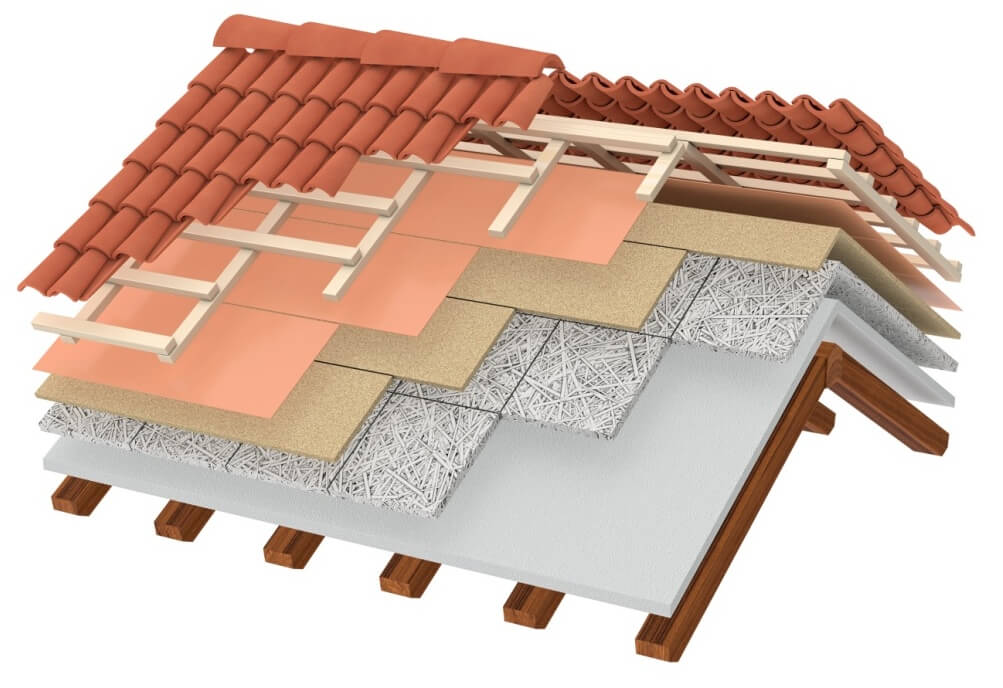

9. Safety
The safety aspect of a roof is paramount, as it protects both the inhabitants of your home and passersby from potential hazards.
9.1 Protection from Falling Debris
Over time, trees near your home may shed branches or leaves that can potentially fall on your roof. A sturdy roof offers protection against falling debris, preventing them from causing damage to your property or posing a risk to people walking nearby. By choosing a robust roofing system, you can minimize the chances of falling debris penetrating the roof or endangering the safety of individuals in its vicinity.
9.2 Preventing Accidental Falls
Maintenance tasks such as gutter cleaning or roof repairs may require individuals to access the roof. A safe and well-designed roof incorporates features such as non-slip surfaces, secure access points, and appropriate safety measures to prevent accidental falls. Installing safety features, such as guardrails or anchor points for personal protective equipment, can further enhance the safety of your roof and those working on it.
10. Environmental Sustainability
With the growing emphasis on environmental sustainability and minimizing our carbon footprint, rooftop initiatives have gained significant attention for their positive impact on the environment.
10.1 Rainwater Harvesting
Rainwater harvesting involves collecting and storing rainwater for various non-potable uses, such as irrigation, laundry, or flushing toilets. A roof serves as an ideal collection surface for rainwater, and a properly designed system can direct the harvested water to storage tanks or barrels. By implementing rainwater harvesting techniques, you can reduce your reliance on municipal water supply and conserve this precious resource.
10.2 Rooftop Gardens
Rooftop gardens, also known as green roofs, are becoming increasingly popular in urban areas due to their numerous environmental benefits. By transforming your roof into a green space, you can mitigate the urban heat island effect, improve air quality, provide habitat for wildlife, and reduce stormwater runoff. Rooftop gardens not only contribute to environmental sustainability but also provide a pleasant outdoor space for relaxation and recreation.
10.3 Solar Panel Installation
Utilizing solar energy through the installation of solar panels on your roof can have a significant impact on reducing your carbon footprint. Solar panels convert sunlight into electricity, allowing you to generate clean, renewable energy to power your home. By harnessing the sun’s energy, you can reduce dependency on fossil fuels, lower your energy bills, and make a positive contribution to combating climate change.
In conclusion, a roof serves as the first line of defense against the elements, providing protection, structural support, energy efficiency, aesthetics, noise reduction, fire resistance, durability, water drainage, safety, and environmental sustainability. Understanding the various functions of a roof allows you to make informed decisions when it comes to selecting materials, designs, and maintenance practices, ensuring that your roof serves its purpose effectively while enhancing the overall quality and value of your home.

